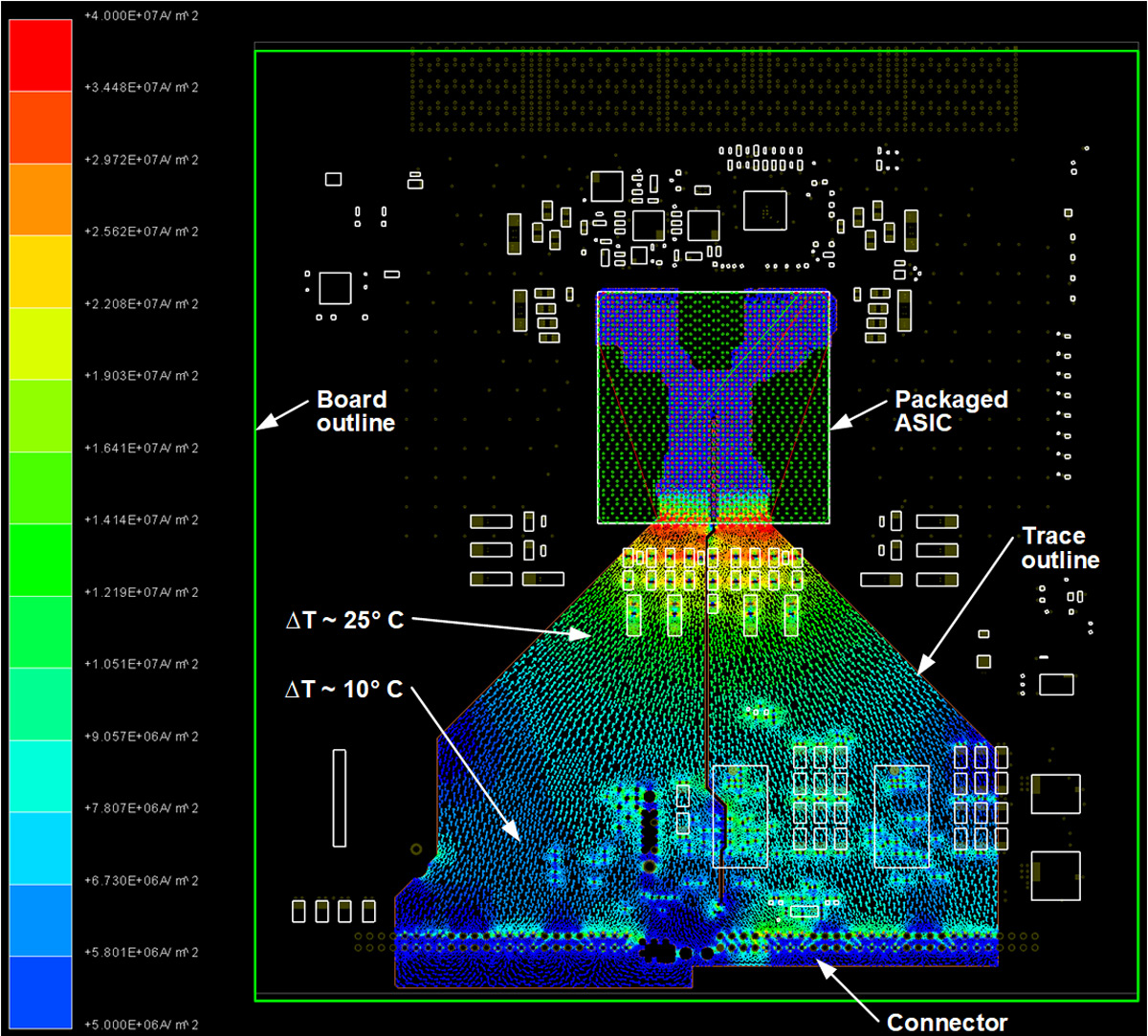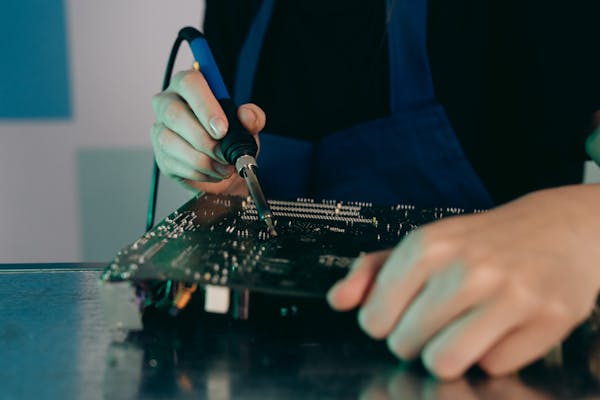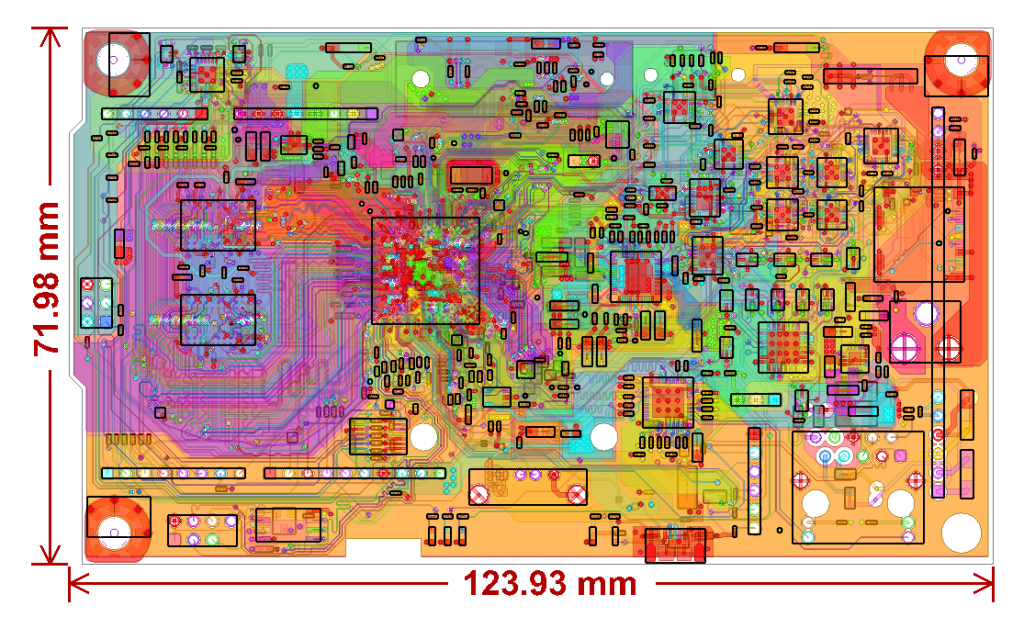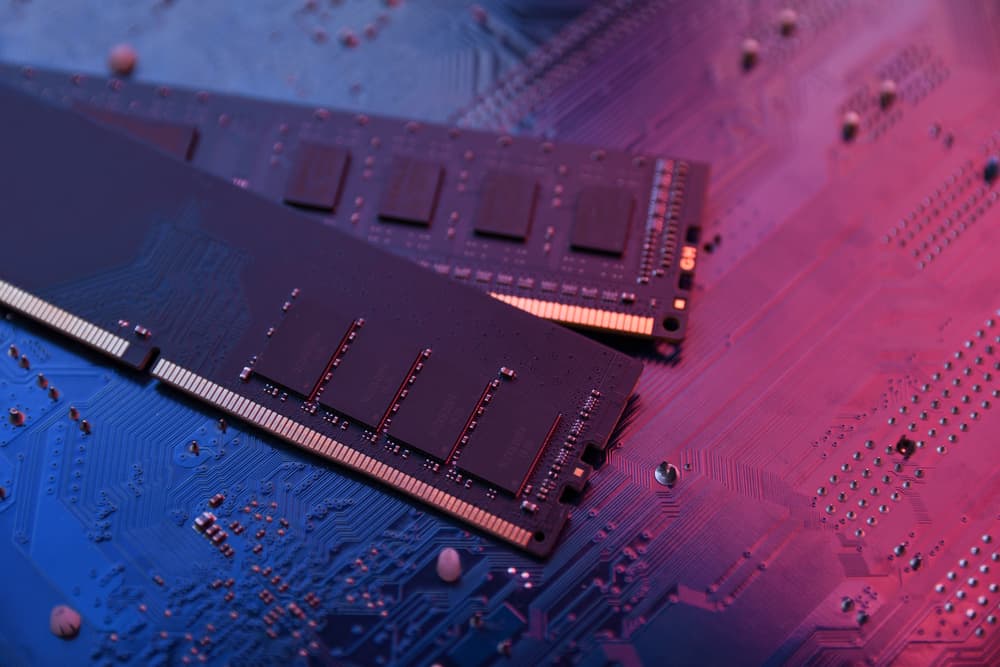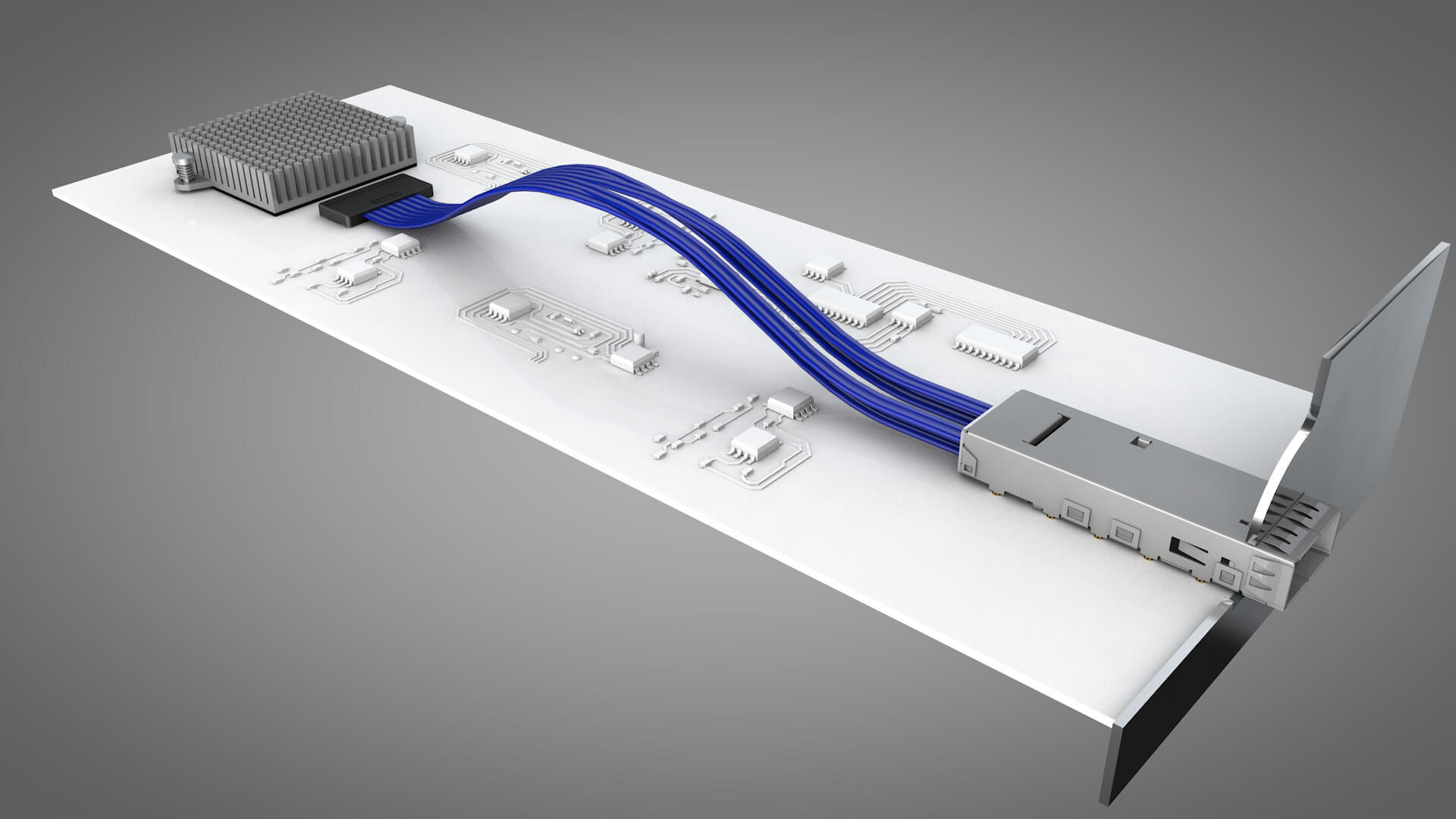SI & PI Simulation
Will Sparrow SI & PI Simulation Services Signal integrity is fundamental to any modern electronic system. The industry uses the term “integrity” as it means adhering to a code, remaining unimpaired, and being complete and undivided. If the waveform of the signal varies significantly from the original because of crosstalk, impedance mismatch, and losses, the receiver will not be able to read the signal, creating a signal integrity issue. That is why signal integrity engineering — analyzing and improving signal integrity issues — is an important part of designing integrated circuits (ICs), IC packages, and printed circuit boards (PCBs).
A system's signal integrity (SI) is a measure of how much an electrical signal changes between entering and exiting a circuit. For digital electronics, that signal is an electric current in which voltage varies between a high and a low value over time.

